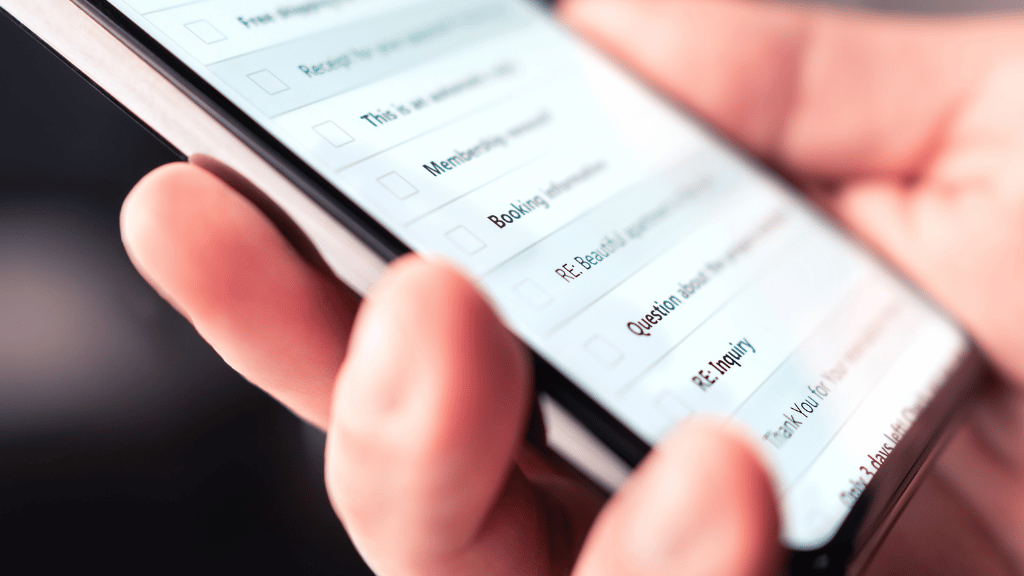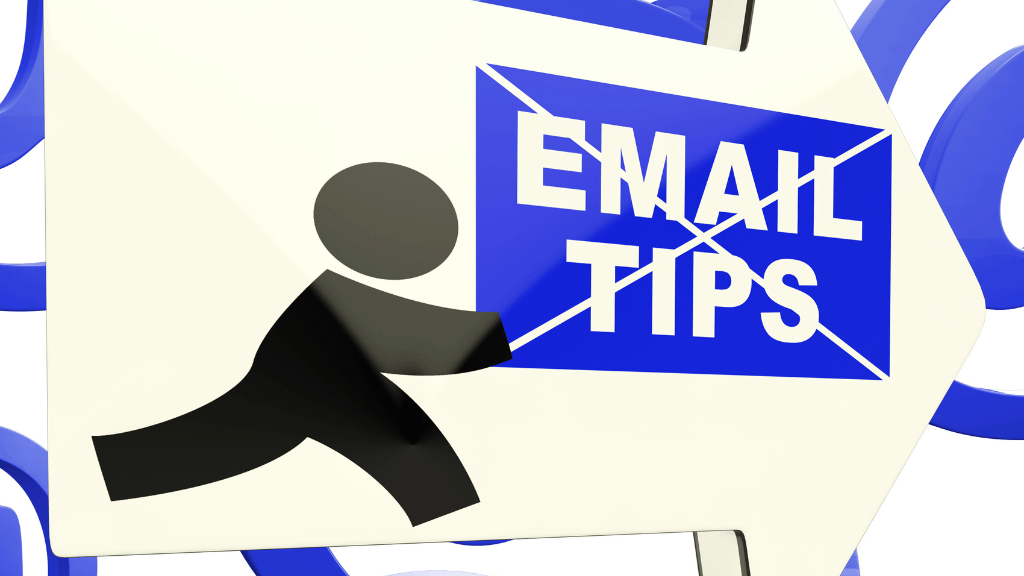Email Marketing: A Complete Guide
What is Email Marketing?
Email marketing is a digital marketing approach that entails sending emails to a specific set of people or businesses in order to promote products, services, or establish relationships. It is a direct type of communication that enables business entities to reach out to their target audience in a customized and cost-effective manner.
Email marketing is widely utilized for a variety of goals, including lead generation, customer retention, brand awareness, and sales promotion. As a brand, you can incorporate a live Twitter wall for events in your email marketing that exhibit your real-time tweets, connecting with the readers instantly using your authentic user content.
What is the origin of email marketing?
The inception of the modern communication era can be traced back to the first email sent by Ray Tomlinson in 1971 or 1978, depending on the source. Though it appeared to be a simple sequence of characters resembling a password rather than a message, its significance was profound.
This email was transmitted from one computer to another, traversing a network of machines similar to today's internet. Additionally, Tomlinson introduced the "@" symbol in email addresses to the world.
Years later, Gary Thuerk, a marketing manager at Digital Equipment Corp., sent the first commercial email, reaching out to a list of email addresses. And thus, email marketing came into existence. While the list had only a few hundred people, it was enough for Thuerk to earn the title of "Father of Spam."
Today, we are bombarded with email marketing campaigns, and admittedly, some still feel unsolicited, but there's no denying the impact of a well-crafted message on your customers—not to mention its importance in CRM and lead nurturing. By 2025, studies indicate that the number of global email users will reach 4.6 billion.
Does email marketing work?
When you want to communicate something about your brand or sell your stuff, email marketing is one of the most cost-effective ways to do so.
In fact, a 2015 study by the DMA found that for every $1 spent, email has an average $38 return on investment (ROI). When shoppers are ready to buy something, they often look for emails from their favorite stores.
Still, people receive more and more email all the time, and it can be challenging to stand out in full inboxes. That’s why Mailchimp gives you the tools you need to shine (plus, we’ve got a lot of tried-and-true tips on sending outstanding emails) and develop effective email marketing campaigns. Check out our email marketing statistics by industry for more on why email marketing works.
How do I get an email list?

You’ll see the highest ROI when you build and maintain an engaged subscriber list made up of people who want to receive your messages (and who opted in on purpose). Although building a clean list can take more work at the outset of your email marketing strategy, Mailchimp lists have built-in tools to help you along the way.
There are lots of ways to find people who’ll look forward to getting your emails, but we’ve rounded up a few that work best.
To build an email list:
a) Create a signup form on your website: When people come to your website for the first time and like what they see, they’ll want a way to stay in-the-know about your brand. Create a form for newsletter signups, or digital registration & ticketing, and install a pop-up to collect customer data from your visitors.
b) Use a good old-fashioned signup sheet: Whether it’s at your brick-and-mortar store or an event that you’re hosting or attending, when you’re surrounded by people who are into what you do, provide a place for them to sign up and learn more.
c) Drive sign-ups through social media: If you don’t have a substantial email list (or you’d just like to see it grow), but you’ve got an engaged social media following, tap into that resource. Share your sign-up form on your social channels.
To add more subscribers to an existing list:
a) Host a contest or offer a discount: We’re big fans of giving people an incentive to sign up for your email list, and we know that contests work. Try offering a prize for some lucky new subscribers or a discount code for a first purchase.
b) Make your emails easy to share: When you create beautiful, compelling emails with a lot of valuable information, people will want to share them. Mailchimp gives you features (like share buttons and social media post builders) that let the word about your emails spread quickly.
c) Build a landing page through Apexure: Landing pages offer one more way to grow your email list. Using your best imagery and content, landing pages give people a clear call to action and drive email signups way, way up.
Email Marketing Handbook
Email marketing is among the most budget-friendly methods to promote your business, whether your objective is to establish your brand or drive more sales. Our comprehensive marketing handbook presents effective email marketing tactics and all the essential information you need to maximize this platform's potential. Discover how to devise an email marketing plan, create compelling emails throughout your sales funnel, conduct tests, and enhance your deliverability rates.
Furthermore, explore the capabilities of marketing automation and learn how to gauge the success of your email campaigns.
Email Composition Manual
As they say, presentation is key. Bearing this age-old saying in mind, we've compiled our top recommendations for anyone aiming to craft engaging emails that subscribers will eagerly open. In this convenient email composition manual, we delve into every aspect of email design: content, templates, branding, colour schemes, images, layout, font selection, and crafting effective calls to action.
We understand that design is both an art and a science, and we demystify the seemingly challenging process of creating compelling emails.
Can I test my emails?
Of course, you can! With A/B testing tools, you can do split testing and test as many as three variations for campaigns.
You can also test subject lines, content, sender names, and send times. You can test your reach too; that's how many people get your emails. Always optimize your emails for better results.
How do I test my emails?
First, choose the factor that defines success for you. It could be clicks, opens, or money earned. We’ll collect the results and show you the winner. And you can automate it too.
Email marketing Tips To Get You Started

1. Create an email marketing plan
To make the planning part easier, we’ve highlighted some best practices you’ll want to consider when devising a strategy for your email marketing.
a) Define your audience
No matter what you sell, understanding your audience is crucial for effective communication. Email marketing software allows you to delve deeper, segmenting users within your audience. This enables you to send personalized and targeted emails, fostering increased engagement, building trustful relationships, and ultimately generating a greater return on investment.
b) Signup sources
Some of the most valuable data your signup form has to offer is how and where subscribers sign up for your list. If you’re an e-commerce business with your own store, knowing where your customers joined your list can give you a better idea of how to communicate with them and where you might want to focus your marketing efforts going forward.
c) Segments and groups
Once you’ve identified smaller collections of people within your larger audience, you’ll be able to create groups and segments to send more relevant and personalized emails to your recipients—and the more relevant the campaign, the better the results. There are times when you’ll want to send to your entire list, but by segmenting users and taking advantage of segmentation tools, you can significantly increase the click-through rates and e-commerce orders your campaigns generate.
d) Decide what to write
Now that you know who you’re writing to, it’s time to think about your content. What do you want to say to your audience? What is your content marketing strategy? You’ll want to send emails with purpose that really speak to your subscribers, so always keep in mind what they signed up for.
e) Establish your sending frequency and goals
There’s nothing set in stone about how often you should email your customers, but if you send too often, your subscribers are likely to tune out what you have to say or unsubscribe altogether. Some users that run a blog or news website might choose to send daily updates to their subscribers, while other users only send them twice a month, so subscribers stay excited about their emails.
Choose to send your email campaign at your own pace, and check the unsubscribe rates and the click-through rates to adjust the frequency if needed.
f) Make a schedule
One way to make sure you’re staying on track is to create a content calendar to schedule your campaigns, blog posts, social media posts, and more. Your email marketing schedule will depend on your industry, the types of content you send (content marketing strategy), and your sending frequency.
2. Design your emails
a) Design tips
When designing email campaigns, focus on your message and keep your design straightforward. We suggest laying out all the elements for your campaign in a hierarchy, putting your most important information or the main takeaway toward the top so people can quickly scan your email if they’re short on time.
b) Code your own templates
Looking to have more control over your email design? You have the option to code your own HTML templates. By coding your own HTML templates, you can customize every aspect of your email design, including layout, typography, colors, and interactive elements. This allows for a truly unique and tailored Custom email design template.
3. Test your emails
a) Test in different email clients and ISPs
All email clients are created differently, which means that the campaign you designed might look slightly different in your subscribers’ inboxes. Be sure to check the emails on mobile devices as well as they can look different in responsive designs.
b) Send test emails to friends and coworkers
If you have any friends or coworkers who can check your email for typos and give you some feedback on the layout, you can send them a test email so they can preview the campaign directly in their inbox. Also, ask them to tell you whether the email landed in spam or their inbox. In case it lands in spam, make sure to use an SPF builder and carefully review your email content for any potential spam triggers, such as excessive punctuation or overly promotional language.
c) Find the best version with A/B Testing campaigns
Not sure which subject line will get the most opens and clicks? Think there might be a certain time of day your customers are most likely to make a purchase through your campaign? Running an A/B test lets you experiment with different versions of your emails to see how the changes you make impact your results.
4. What you can do with marketing automation
Unlike regular campaigns, an automation is a targeted email or series of emails that you can set and forget. From a welcome email series to follow-up emails after a purchase to rewarding your customers with a special incentive, automation helps you streamline your communications with customers so you have more time to focus on creating content and increasing return on investment (ROI). Plus, you can design, send, and track order notifications to update customers on purchases they make from your store.
5. Evaluate Your Performance
An essential aspect of assessing your marketing efforts is analyzing the data from your marketing analytics. These insights, gathered from your reports, play a crucial role in honing your marketing strategy for the future.
a) Interaction Metrics: Opens and Clicks
The metrics that stand out when gauging campaign engagement are the open and click rates. These figures shed light on the effectiveness of your subject lines and campaign content in resonating with your audience. To gain a comprehensive perspective, it's worth comparing your open and click-through rates with industry benchmarks rather than viewing them in isolation.
b) Business Activity Insights
For those who have integrated their store with our platform and activated e-commerce link tracking for their campaigns, valuable purchase data for subscribers is accessible within campaign reports, subscriber profiles, and on the account dashboard.
c) Enhancing Web Traffic
Your campaigns possess the potential to steer more visitors towards your website or online store. Furthermore, by seamlessly syncing select integrations with our platform, you can seamlessly monitor any patterns in website traffic or e-commerce engagement subsequent to sending out a campaign.
Conclusion
Email marketing remains effective, yet it has transformed. Sending a uniform email to everyone is no longer sufficient. It's time to modernise your email marketing approach. Today, tailored messages are essential. Craft personalised content that adapts seamlessly across various devices.
Additionally, experimenting with novel components is crucial. With trends swiftly changing, last year's triumphs might not translate to success today. Embrace experimentation. Once you discern effective strategies, automate them using triggered emails.
Incorporating these techniques into your email marketing scheme will boost customer engagement, enhance campaign outcomes, and foster your business's ongoing expansion.







